Thanks to the marvels of modern safety regulations and testing, you’re unlikely to buy a car these days that’ll be all that intimidating to drive.
However, in days gone by there were some cars that genuinely had reputations for scaring the absolute stuffing out of their drivers on a good day, and sometimes worse if you weren’t careful with them.
As Halloween rolls around yet again, here’s our list of six of the scariest cars in the world to drive.
Porsche 930 Turbo
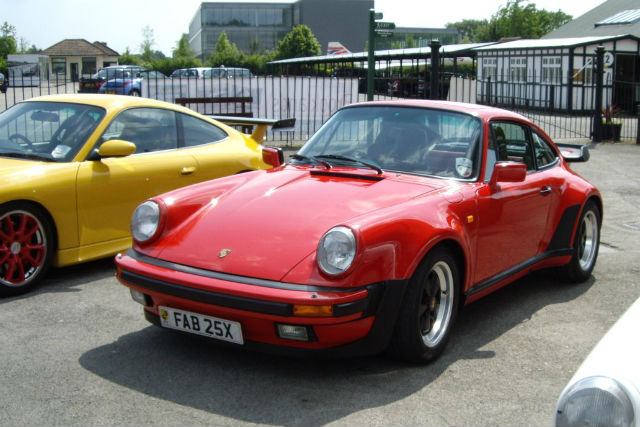
What else would you expect from a car that was notoriously nicknamed The Widowmaker? Early 911s already had a bit of a reputation for wayward handling, given that the car’s rear-mounted engine essentially acted as a giant pendulum which could throw you off-course with one ill-timed throttle blip.
Add a primitive turbocharger that came with an absolute truckload of turbo lag and the 930 911 Turbo was created, the first iteration of the 911 Turbo and one of the deadliest sports cars of all time.
The problem was that all that lag would suddenly give way to uncontrollable amounts of boost, creating a tendency for the already-unpredictable 911 to swap ends in the corners if you were clumsy with your right foot. Ask anybody who’s ever driven one and they’ll tell you its nickname was well earned.
TVR Cerbera Speed 12
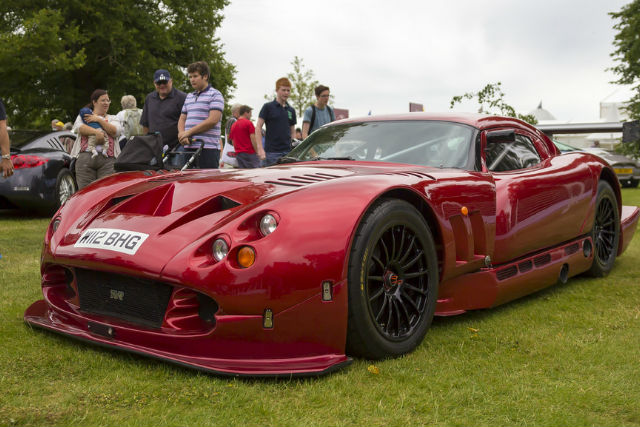
Built specifically to overpower the legendary McLaren F1, the TVR Cerbera Speed 12 was literally too much car to handle. Powered by a 7.72-litre V12, the car could produce more than 1,000bhp and its engine was so strong it snapped the dynamometer it was tested on during development.
Due to its sheer fury, the car never made it to production. One prototype was built and tested on the roads, and was said to have been capable of a 0-60 time of just 2.9 seconds and a top speed of 240mph.
So scary was the prototype that it eventually led TVR’s boss at the time, Peter Wheeler, to personally scrap the project, deeming it too powerful and too dangerous for customers.
Lancia Stratos Stradale
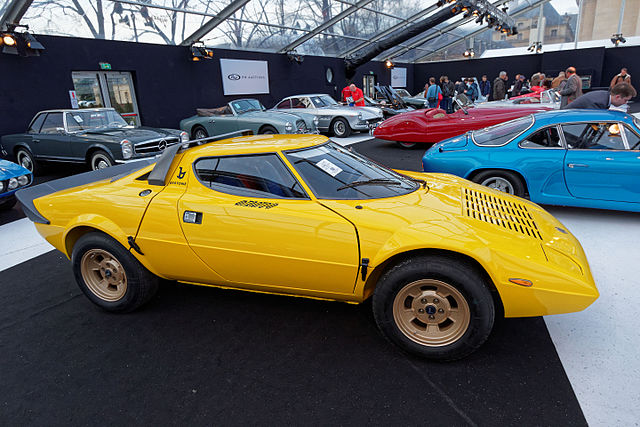
Wild, unpredictable and powered by a screaming Ferrari V6, the Lancia Stratos was the first ever car designed specifically for rally, and the road-going Stradale version quickly earned a reputation for being as challenging to drive as its rally counterparts.
Each demanded far-above-average driving skills and lightning quick reactions to stay on the road, with the car’s tendency to simply spin out in corners posing a seriously major problem for anyone brave enough to try one.
Not only that, but the windscreen was curved at just the right angle that meant the view out the from was distorted, while the placement of the fuel tank towards the rear meant that even a slight rear impact would result in a pretty nasty fire.
Renault 5 Turbo
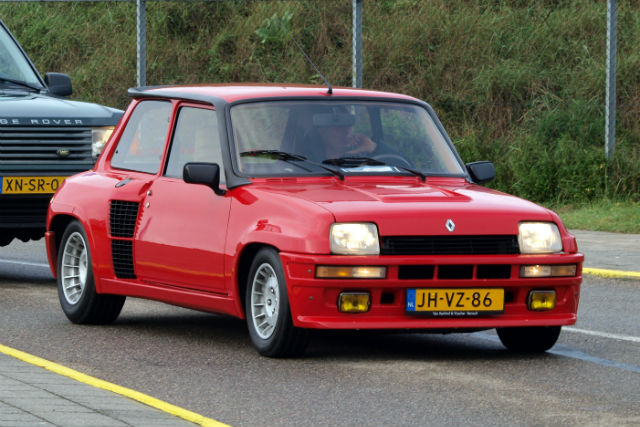
Take the same ingredients that made the 930 Turbo such a handful, add a tiny, tiny wheelbase and multiply things by two or three. The end result is pretty much what the Renault 5 Turbo was like, an extremely quick and almost unreasonably twitchy little ball of French fury.
Driving the 5 Turbo is an experience that can only be described as stressful at best and utterly terrifying at worst, such was the brutality of its acceleration and its propensity to spin out at a moment’s notice.
Even the best drivers would have a hard time keeping a lid on these little French devils, and so it should come as no surprise that a great many of these cars met their demise flying sideways into the path of a tree.
Lancia Delta S4
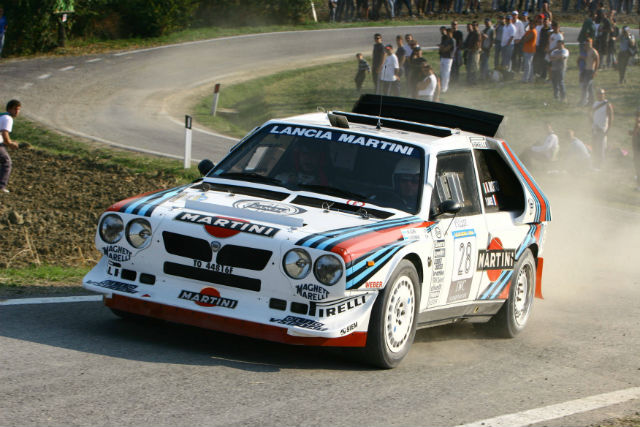
The second entry from Lancia on the list, the Delta S4 was the manufacturer’s second proper attempt at a Group B rally car after the 037 and became notorious for being one of the sport’s fastest and most dangerous cars, as well as for being the car that ended it all.
Weighing in at less than a tonne, the mid-engined Lancia made close to 600bhp from a twin-charged 1.8-litre engine, the S4 could hit 62mph from a standstill in a fraction over two seconds on gravel.
Made primarily of Kevlar over a lightweight spaceframe, the Delta S4 was notoriously vicious. Group B officially ended in 1986 after Lancia driver Henri Toivonen crashed his car on the Tour de Corse rally and the S4 exploded in a fireball – the Group B cars were deemed to be too fast and too powerful for the drivers’ reactions to handle.
Caparo T1
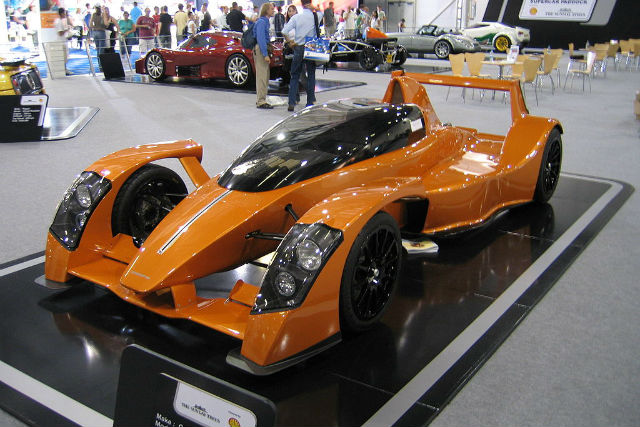
An insanely fast track car made of advanced carbon fibre and with twice the power-to-weight ratio of a Bugatti Veyron, the Caparo T1 looks terrifying even on paper. In the metal, it’s even worse thanks to the fact it seems to be as dodgy as it is fast.
The Caparo caught fire when Jason Plato tested it for Fifth Gear, and it didn’t do much better on Top Gear either when the floor fell out on Jeremy Clarkson and it required a full entourage of emergency vehicles following it around in case something went wrong.
Like a real racing car, it only starts to generate downforce when you’re already going at speed, meaning that if you want to survive and avoid spinning out on corners you have to drive it as flat out as possible. Crikey.



